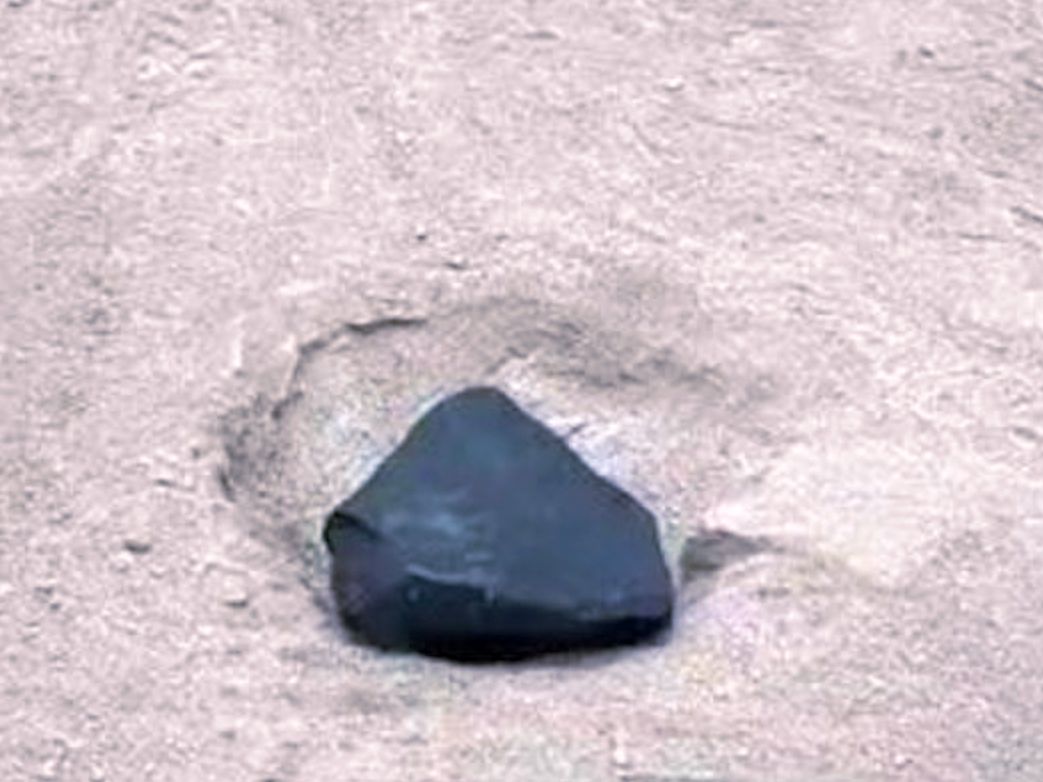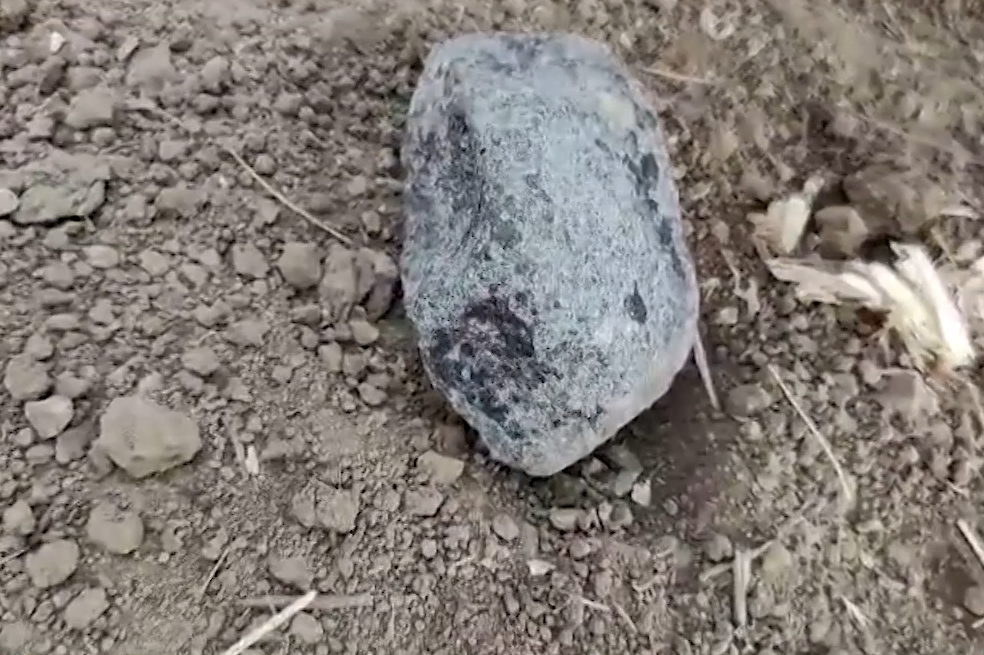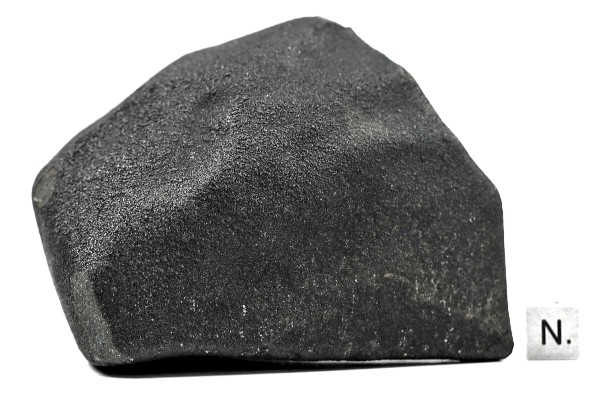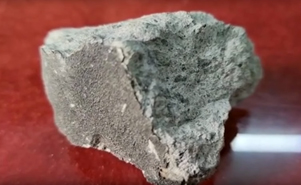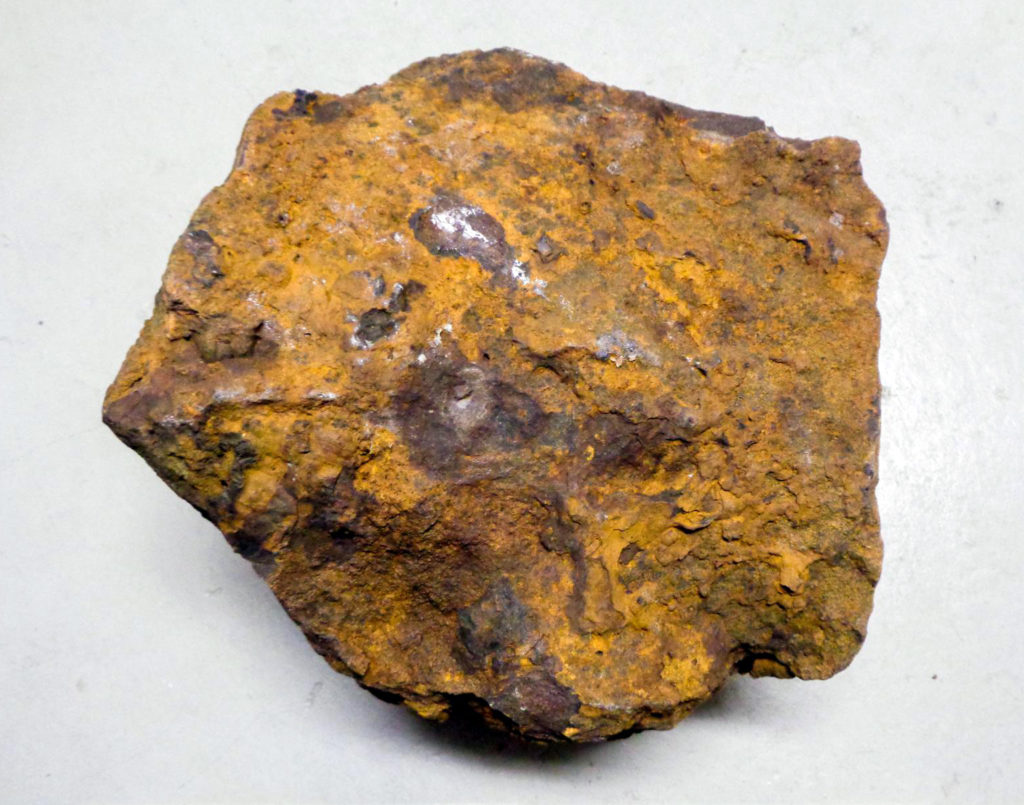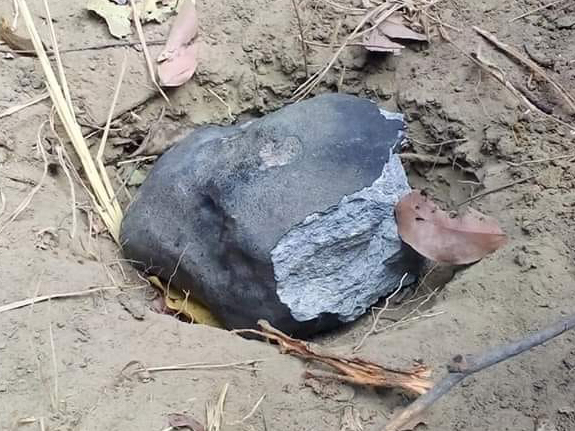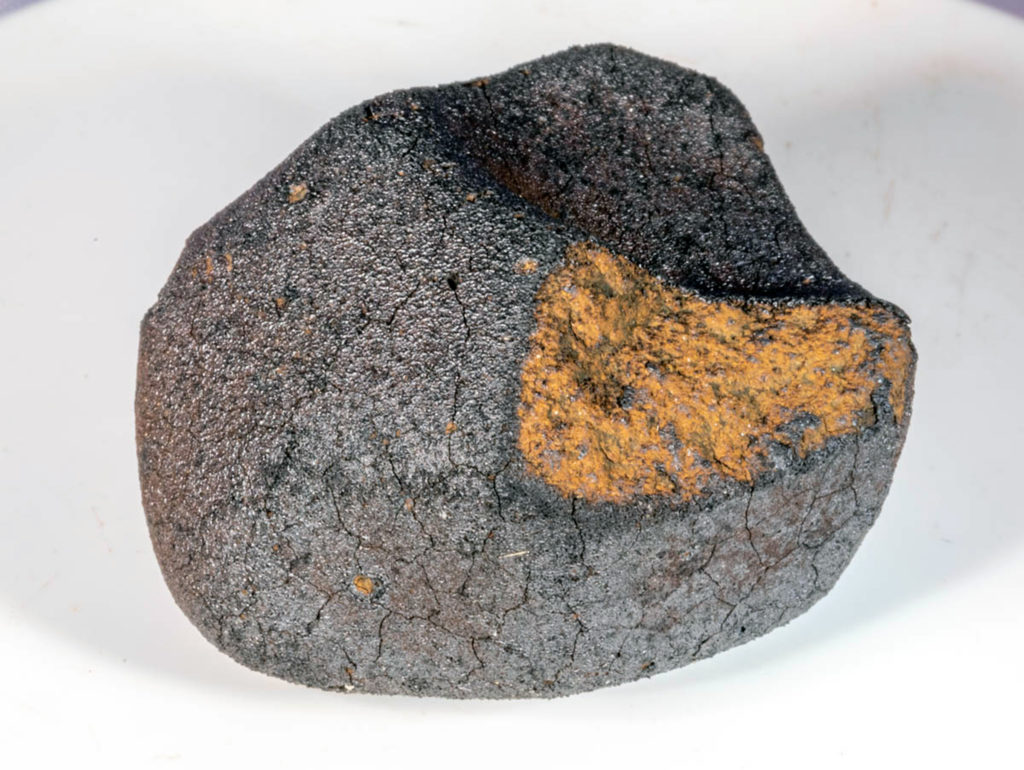Long-lasting thermal activity on the brachinite parent body revealed by mineralogy, REE chemistry, and U–Pb dating of Ca-phosphates in Northwest Africa 10932OPEN ACCESS
Kengo T.M. Ito, Sota Niki, Hikaru Hasegawa, Kanoko Kurihara, Tokiyuki Morohoshi, Takashi Mikouchi, Takafumi Hirata, Martin Bizzarro, Tsuyoshi Iizuka
Geochimica et Cosmochimica Acta
In Press, Journal Pre-proof, Available online 28 May 2025
“Brachinites are a group of primitive achondrites composed mostly of ferroan olivine, which may have formed as partial melting residues or cumulates on an incompletely differentiated planetesimal. To constrain the petrogenetic origin of brachinites and the thermal history of the parent body, we report the first study that integrates mineralogical, rare earth element (REE), and U–Pb age data for brachinite Ca-phosphates, apatite and merrillite, using very coarse grains up to ∼ 500 µm in diameter found in Northwest Africa 10932. The mineralogical data reveal partial replacement of apatite by merrillite concurrent with the reaction of olivine and a S-rich vapor to form symplectitic clinopyroxene-troilite/Fe-Ni metal intergrowths during thermal metamorphism. Apatite cores surrounded by merrillite rims exhibit REE zoning resulting from diffusion during metamorphism. Diffusion modeling of the REE zoning using the olivine-chromite equilibration temperature of 978 ± 11 ˚C constrains the duration of the metamorphism to be 104 yr. This timescale is far longer than that of shock metamorphism, and therefore requires an internal heat source such as adjacent magma. The apatite cores and merrillite rims yielded identical U–Pb ages of 4482 ± 29 Ma (2σ) reflecting complete resetting of the U–Pb system during metamorphism. This metamorphic age is distinctly younger than the Mn–Cr age of 4565 Ma reported for the Brachina meteorite, revealing indigenous thermal activity over ∼ 80 Myr on the parent body. Reconciling the protracted thermal activity with the primitive brachinite composition suggests that brachinites were derived from a moderately shallow region of the parent body, whose interior was differentiated into a core and mantle. Moreover, the metamorphic age is identical to the reported U–Pb age of apatite in the andesitic meteorites Graves Nunataks 06128 and 06129 [4460 ± 30 Ma (2σ)]. This correspondence supports the hypothesis that the andesitic meteorites are samples of partial melts extracted from the ultramafic residues represented by brachinites and further suggests that the transformation from apatite to merrillite in the brachinite source region released a metasomatic Cl-rich fluid to form chlorapatite in the shallower crustal region.”

